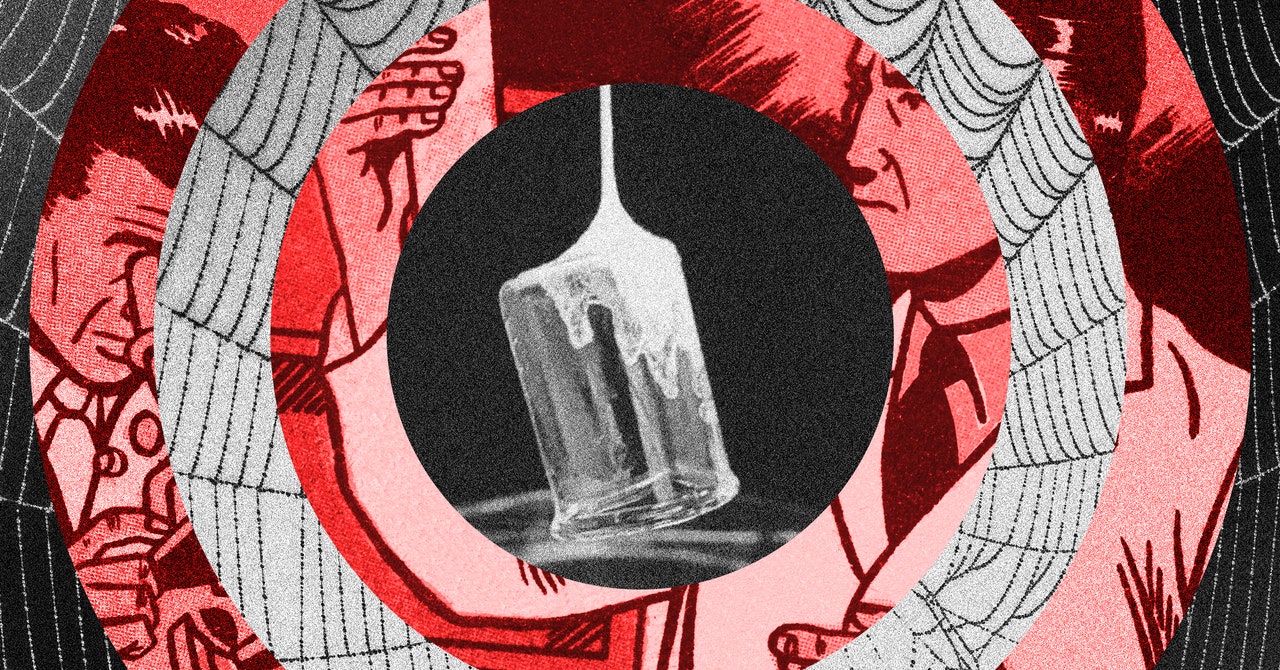Slowly but surely, we do well with the gadgets we as children imagined the future would hold. Watch Penny Brown’s video Inspector Gadget? Check. Starfleet tricoder from Star Trek? Almost there. But web shooting? Web slinging? It wasn’t a we really thought would do crossover. And it wasn’t exactly in the plans of the scientist who made the strong, sticky air-spun web a reality, Marco Lo Presti, of Tufts University’s Silklab.
Back in 2020, Lo Presti, a research assistant in biomedical engineering, was working on the challenge of underwater adhesives. The first material he chose to work on was silk and dopamine, a popular combination because it mimics the way clams stick to rock surfaces in water—something that has been useful in other applications.
“As I was using acetone to clean the glassware of this silk and dopamine substance,” he says, “I noticed that it was undergoing a transition to a solid format, to a net-like material, to something that looked like a fiber .I showed the vials to Fio and we immediately started thinking about how to make a remote adhesive [a substance that sticks to an object from a distance] out of it.”
Fio is Fiorenzo Omenetto, professor of engineering at Tufts and “puppet master” of Silklab. “We’d like to say that every experiment is carefully planned with equations and lots of thought, but it’s really about connection,” he says. “You explore and you play and you kind of connect the dots. A part of acting that’s very underrated is where you say ‘hey, wait a minute, is this like a Spider-Man thing?’ And you brush it off at first, but a material that mimics superpowers is always a very, very good thing.”
Before Lo Presti could turn his attention to these random tissues, he had to complete his paper on underwater adhesives using biomolecules, which he did in 2021. Much of Silklab’s work is “bio-inspired” by spiders and silkworms, clams and jewelry, velvet worm slime, even tropical orchids – so it might seem like an easy one to figure out if this sticky web could turn into some useful side step for the team.
However, Lo Presti points out that although the new material mimics spider webs, “no spider is able to shoot out a stream of solution that turns into a fiber and remotely captures a distant object”. This was something new, at least for the real world.
But as the research paper in Advanced Functional Materials notes – enter fictional characters. In Stan Lee and Steve Ditko’s original 1960s comics, beginning with Fantastic Fantasy #15Peter Parker builds a “tiny device”, one attached to each wrist and triggered by finger pressure, to produce strands of ejectable ‘spider webs’. By the time of the mid-2000s Sam Raimi Spider-Man movie, the web footage transitioned from a wrist-worn spinneret gadget to an organic part of his superhero transformation.
